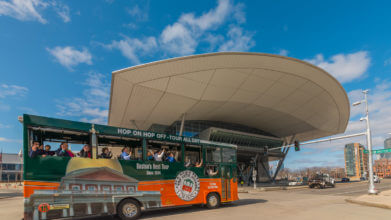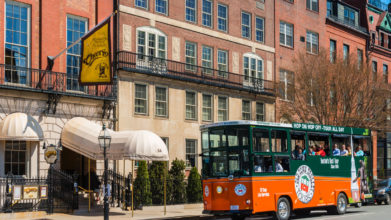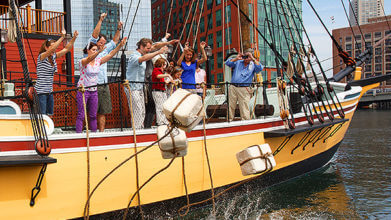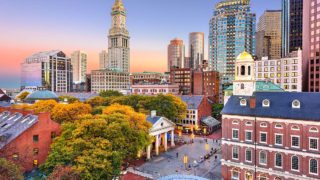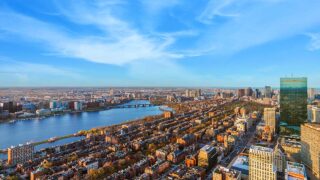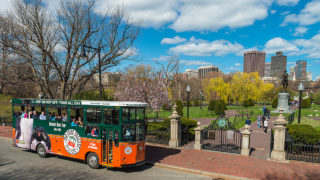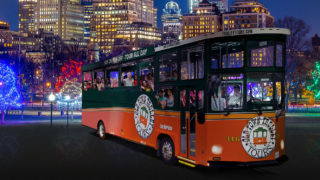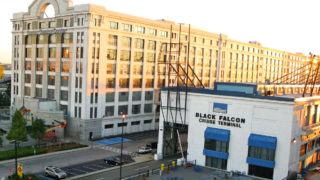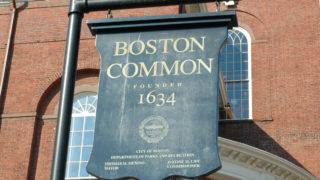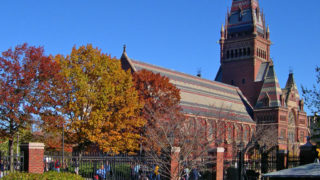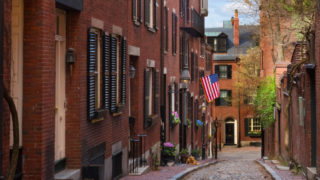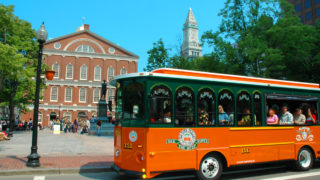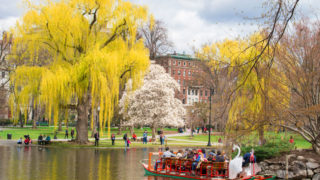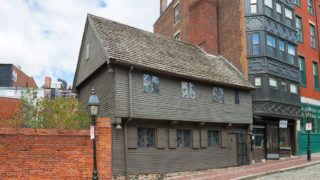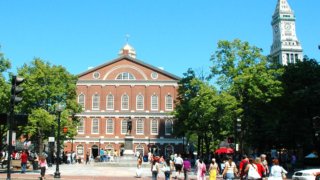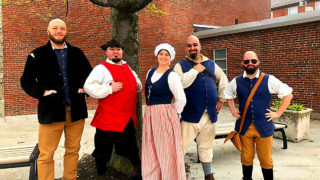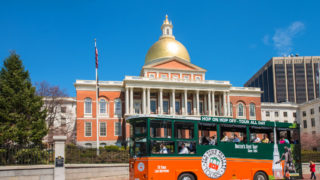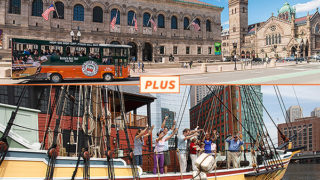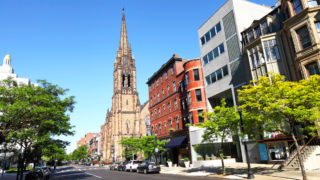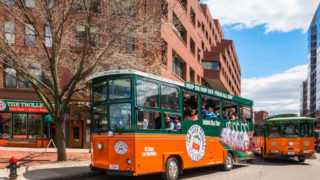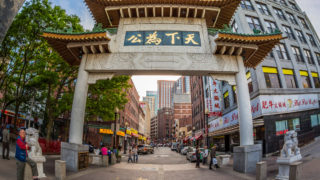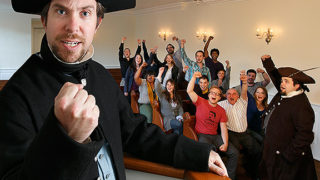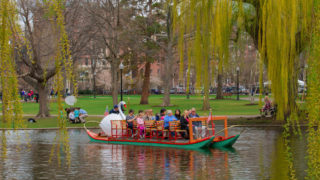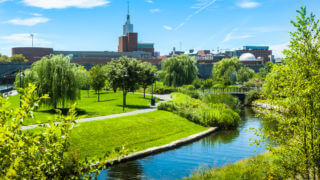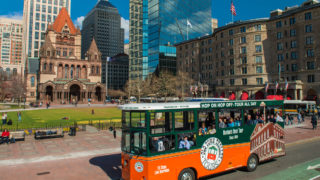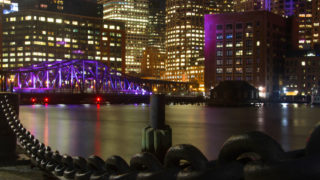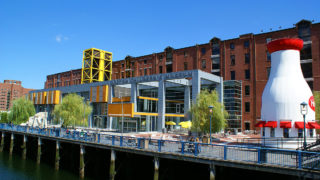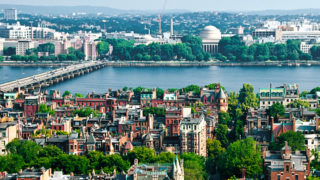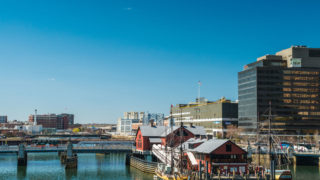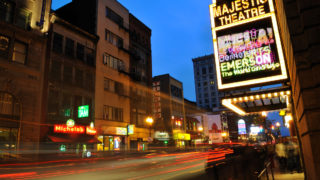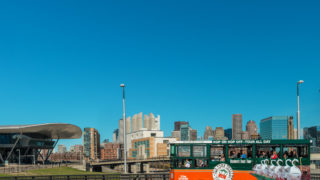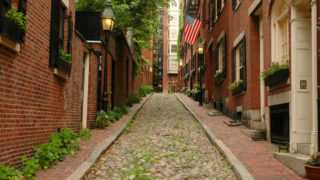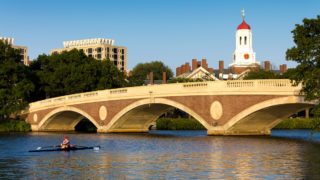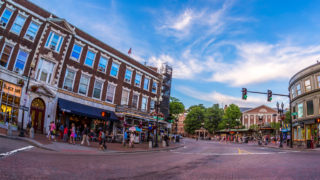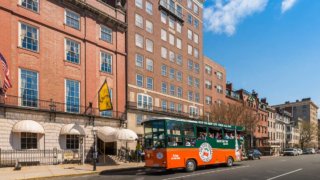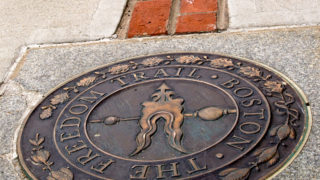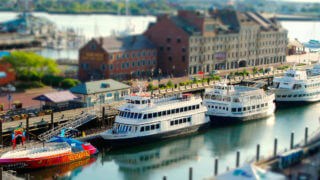13 Stop 13 open Mon-Sat $
For the average Bostonian, life in the New England colonies during the 17th century was, as you might’ve guessed, not exactly one of ease and leisure. Before they were built by stone or brick masonry, homes were small, dank, drafty and made entirely of wood. This building practice was abolished toward the advent of the 1700s due to the susceptibility of fire. Most of the population subsisted as farmers, the drinking water was unsafe, medicine was still in the Dark Ages, and the average lifespan was just shy of 40 years. These were arduous and challenging times and living under the yoke of an oppressive foreign monarchy would eventually prove too much to bear and, thus, a revolution was born.
Comprised of 16 places of interest, each one a milestone in the evolution of Boston from English colony to independence, the Freedom Trail is an essential component of any trip to Boston. This historic attraction literally lays out Boston’s colonial history before you on the very streets where the city’s most transformative events unfolded several hundred years ago.
The thinking behind the design of the Freedom Trail is attributed to William Schofield, a former travel writer for the Boston Herald. He noticed that visitors eager to immerse themselves in the city’s historic past were having trouble finding the landmarks they were looking for. Schofield proposed a solution – Link the most important sites in a numbered sequence along a clearly marked, easy to follow trail that could be walked from end to end without the chance of getting rerouted or lost. There was also the idea that the Freedom Trail would’ve been a typical path to walk for the average colonist back in the day, further enhancing the sensation of traveling back in time.
Freedom Trail - More Info


